These images from NASA’s ICESat satellite show the difference in ice cover in the Arctic between 1980 (top) and 2003 (bottom).
Click on image for full size
NASA
Warming of the Polar Regions
Some parts of the world are warming faster than others. The Arctic is warming twice as fast as other parts of the world. The warmer temperatures have caused other changes in the Arctic such as melting ice and less places for polar bears to live. In the Southern Hemisphere, the Antarctic Peninsula is warming five times faster than other parts of the world. The Southern Ocean and Arctic Ocean are also warming.
Why are these areas near the poles warming faster? The ice and snow in these places reflect most solar energy back out to space because of its light color. As more greenhouse gases cause our planet to warm, some of this ice and snow melts, so less of the solar radiation is reflected out to space. More energy is absorbed by the Earth’s surface and oceans. The added energy warms the polar regions, which causes more ice to melt and more warming.
As the atmosphere of polar regions becomes warmer, changes to the land, ice, oceans, and living things happen. Click the links below to discover more about the effects of global warming in the Arctic and Antarctic.
Last modified March 4, 2008 by Lisa Gardiner.
You might also be interested in:
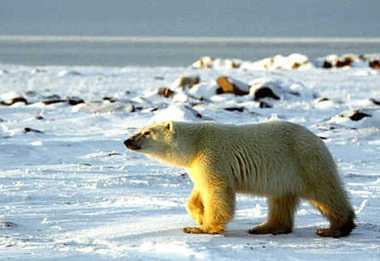
In the Arctic, you will find the Arctic Ocean surrounded by the continents of Europe, Asia, and North America. You will find the geographic North Pole and the magnetic North Pole there; both are in the
...more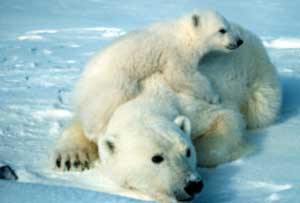
Polar bears live in one of our planet’s most extreme environments, the Arctic . They thrive in the freezing cold. But because of global warming, polar bears might be in trouble. Scientists are studying
...more
Antarctica is the coldest, windiest, and driest continent on Earth. It is about one and a half times the size of the United States. Almost all of Antarctica is covered with a thick layer of ice called
...more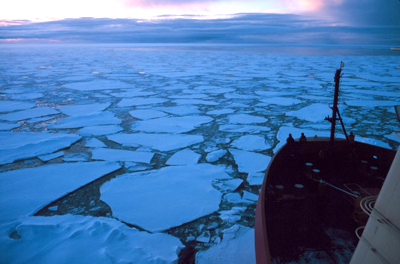
The Southern Ocean is sometimes known as the Antarctic Ocean or South Polar Ocean. It surrounds Antarctica in the South Polar Region. The Southern Ocean is a bit different from other oceans. Other oceans
...more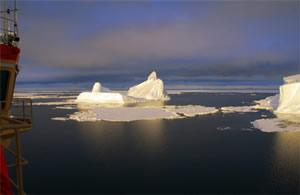
Did you know that even if you have never seen an iceberg or glacier, the snow and ice of the Earth’s cryosphere has a big impact on the climate where you live? Changes in the amounts of snow and ice on
...more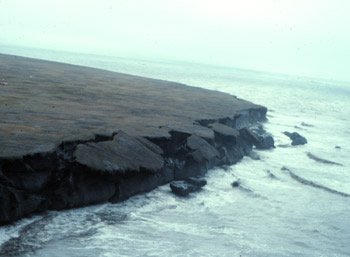
The climate had become warmer during the past few decades in the north polar region . Temperatures are rising twice as fast as they are elsewhere in the world. Warmer temperatures cause other things to
...more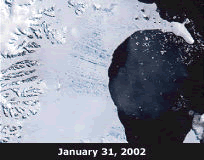
Antarctica is a cold place. If you were to go visit, you would need a thick winter coat, hat, and mittens. However, along the coast, in an area called the Antarctic Peninsula, it has been getting
...more















